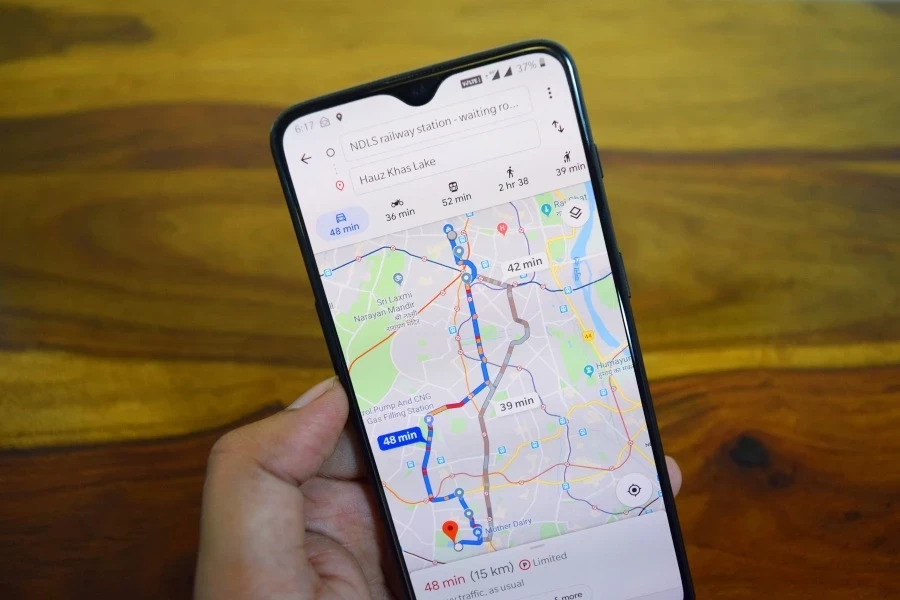Google Maps does have the capability to estimate walking speeds, based on the distance and time it takes to travel between two points. However, it is important to note that Google Maps does not have access to real-time data about an individual’s walking speed. Therefore, it cannot accurately predict how fast a specific person is walking at any given moment. In general, Google Maps uses an average walking speed of 3.1 miles per hour to calculate walking directions and estimated arrival times. However, this speed can vary depending on factors such as terrain, weather, and individual fitness levels. Therefore, while Google Maps can provide an estimated walking time for a specific route, it may not always reflect an individual’s actual walking speed.
When it comes to estimating walking speeds, Google Maps relies on a variety of factors such as distance, terrain, and historical data. While it can provide an average walking speed for a given route, it may not always accurately reflect an individual’s pace. Factors such as fitness level, walking habits, and even the presence of obstacles can all impact how fast someone walks. Additionally, Google Maps may not have access to real-time data about a person’s current walking speed, so its estimates are based on general assumptions. As a result, while Google Maps can be a helpful tool for planning walking routes, it may not always provide personalized and precise estimates for individual walking speeds.
How Google Maps Determines Walking Speed
Google Maps uses a variety of data sources to estimate walking speeds, including the average walking speed for a given area, the type of terrain, and the presence of pedestrian pathways. It also takes into account the user’s own walking speed if they have provided this information in their Google account settings. Additionally, Google Maps may use real-time data from other users to determine current walking speeds in a specific area.
Google Maps may also take into account factors such as traffic congestion, pedestrian crossings, and other obstacles that could affect walking speed. By analyzing all of these factors, Google Maps can provide an accurate estimate of how long it will take to walk from one location to another.
Accuracy of Google Maps Walking Speed
While Google Maps makes an effort to provide accurate walking speed estimates, it’s important to remember that these are just estimates and may not reflect individual walking habits. Factors such as personal fitness level, walking pace, and the presence of physical disabilities can all affect an individual’s actual walking speed. Additionally, unforeseen circumstances such as construction or road closures may impact the accuracy of the estimated walking time.
Users should also keep in mind that walking speed estimates provided by Google Maps are based on average walking speeds and may not reflect the speed at which every individual walks. It’s always a good idea to allow for some extra time when planning a walking route, especially if you are unfamiliar with the area.
Improving Walking Speed Accuracy on Google Maps
Google Maps continuously updates its data and algorithms to improve the accuracy of walking speed estimates. Users can contribute to this process by providing feedback on the accuracy of walking time estimates and by reporting any discrepancies they encounter. Additionally, Google may use machine learning algorithms to analyze patterns in walking speeds and make adjustments to its estimates over time.
By incorporating user feedback and leveraging advanced technologies, Google Maps strives to provide the most accurate walking speed estimates possible. As the platform continues to evolve, users can expect to see ongoing improvements in the accuracy of walking time estimates for their routes.
Does Google Maps Know How Fast I Walk?
| Walking Speed | Google Maps |
|---|---|
| Slow | Yes |
| Medium | Yes |
| Fast | Yes |
SONUÇ
Google Maps can estimate your walking speed and provide accurate walking directions based on different walking paces.



